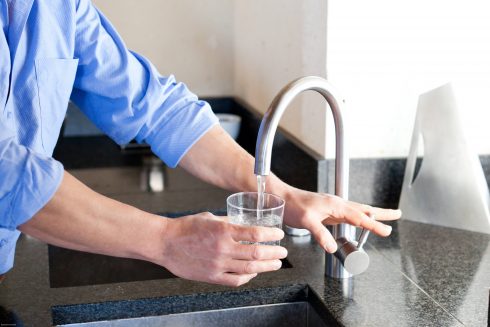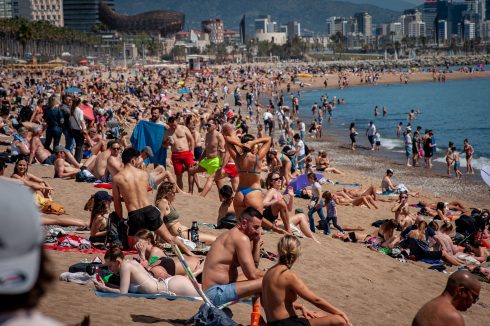GOING to the Feria de Abril in Sevilla can be a daunting task.
The week-long festival in the capital of Andalucia is part of a tradition that dates back to 1846.
However the event continues to grow in size each year and travelling to and from the site has become somewhat of a nightmare – so there are a few things you should know to make the experience as stress-free as possible.
Each year, the festivities begin on a Saturday in April with what is called the ‘pescaito’.
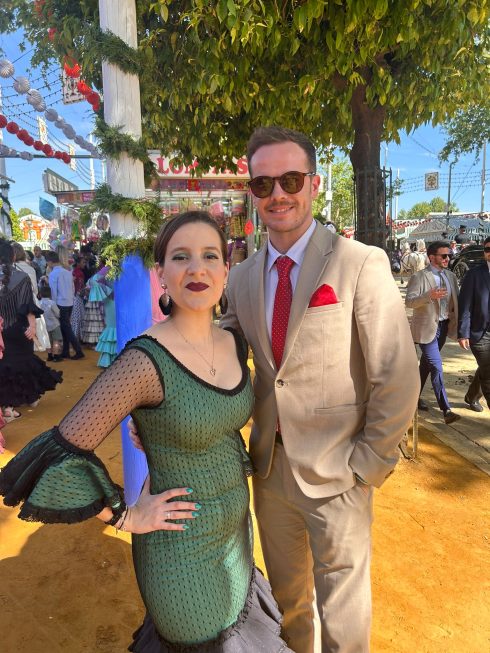

Friends and family get together for an evening meal consisting purely of fried fish, which is sold by local fishmongers and restaurants throughout the day – when you will see people queuing round the block for the white meat.
They then head to the iconic feria ground in the Los Remedios neighbourhood, situated in south west of the city centre, to witness the lights being turned on for the first time – before partying into the early hours.
This year, I ate with a group of around 15 friends in a house in Montequinto, outside of the city centre, near Dos Hermanas.
Shortly after midnight, we took a 30-minute metro from Montequinto station to Plaza de Cuba, around a 20-minute walk from the feria ground in Los Remedios.
I recommend staying somewhere outside Sevilla centre that has a good metro connection to Los Remedios. Of course if money is not an issue, a flat in Los Remedios would be ideal, but you likely wouldn’t sleep until 7am due to the noise.
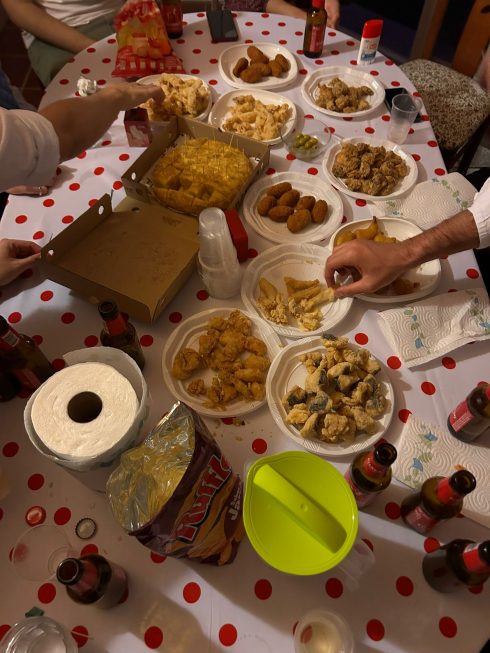

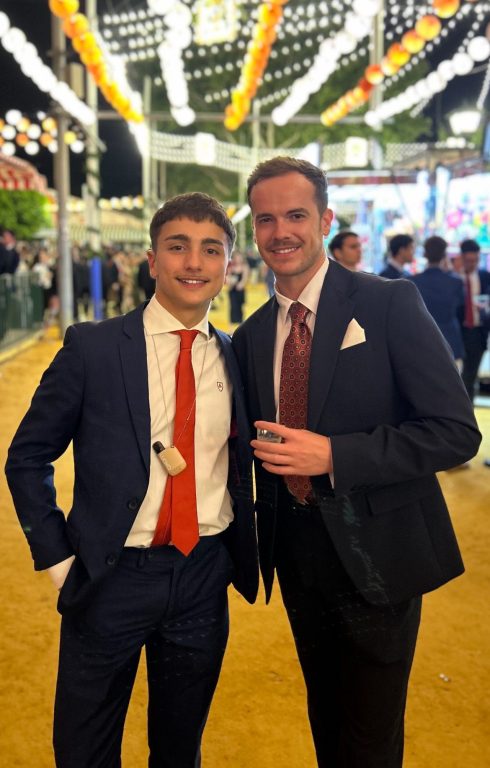
Also, staying further away means you are one of the first stops and are very likely to get a seat on the journey – a luxury that is not guaranteed while at the feria.
On the first Saturday night, men dress up in suits and ties but the women do not typically don their flamenco dresses until the following day.
The feria ground itself is made up of around 15 intertwined streets, all of which are lined with colourful tents, known as ‘casetas’.
Each caseta, which has a bar and serves food, belongs to a collection of families from Sevilla, and you must be invited inside if you want to enter.
If you do not know anyone with a caseta, there are a couple of public ones, while some sell tickets that allow you to enter.
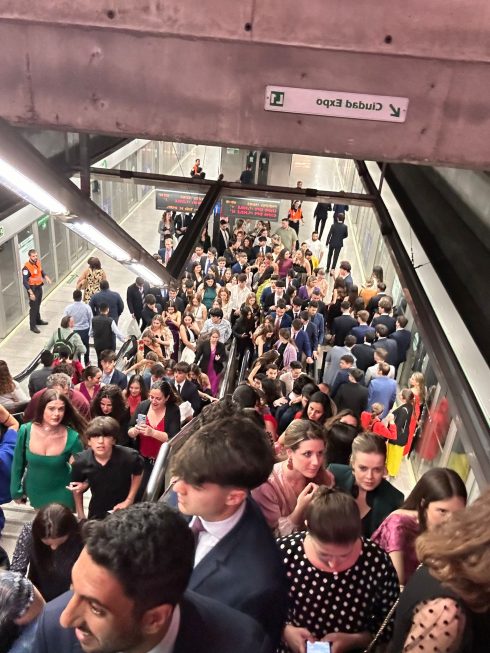
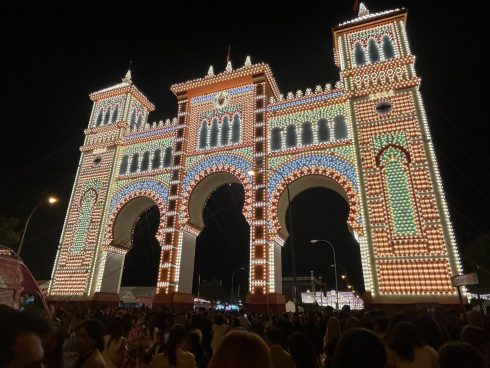
At the back of feria is a huge fun fair consisting of rollercoasters, haunted houses, ferris wheels and more. If you are somewhat of a thrillseeker, it’s best to get it out of your system during the day, as the funfair area is known to get a bit sketchy late at night, with pickpocketing and fights not unheard of.
Luckily, my good friends Maria and Marta both have their own casetas, allowing us to hop between the two.
There is going to be a lot of drinking over the weekend – and throughout the week – so I advise you to stick to rebujitos.
It’s the traditional drink served at the feria, consisting of Manzanilla wine, 7up and mint.
You can buy a jug for €10-11 and it goes down a treat – just be sure to pace yourself as it is secretly quite lethal.
Ensure that your shoes are smart but more importantly comfortable, as you will find you are standing up for the majority of the time – and doing a lot of walking trying to meet up with friends among a sea of people.
Also, download a map of the feria ground as mobile phone service can often be slow and spotty.
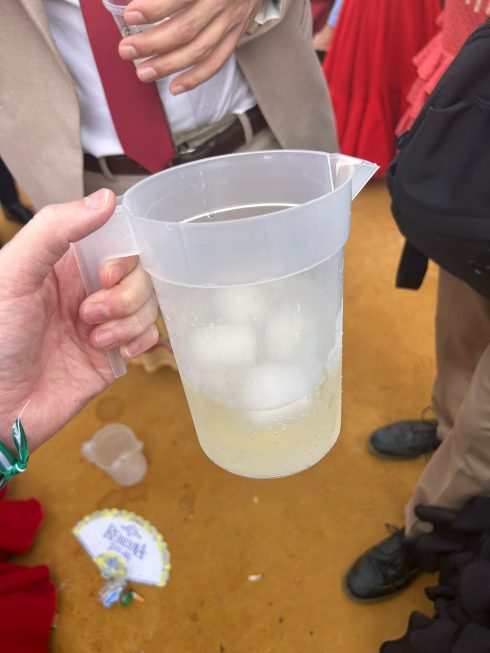
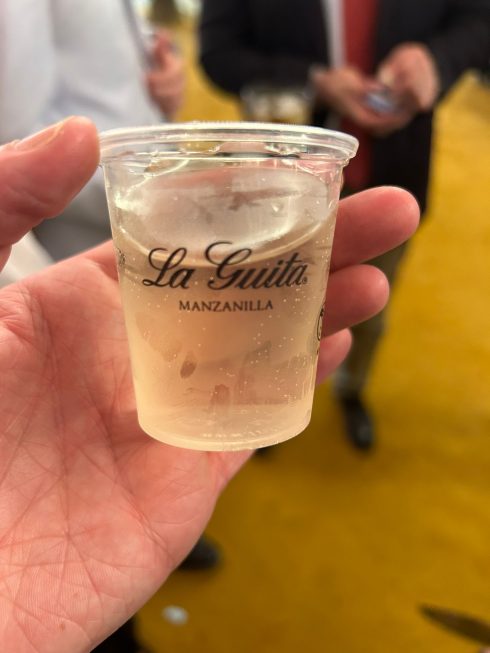
You must also carry enough cash with you, as many places do not take cards.
After downing several jugs of rebujito on Saturday night, we end up leaving the feria at around 4.30am.
I was staying at Maria’s apartment in Pino Montano, a neighbourhood literally on the other side of the city, northwest of the centre.
We take the number three bus, which after an hour or so leaves us right by her front door.
It means we don’t get to sleep until around 6am – with a big day ahead of us on the Sunday.
Do NOT expect to book an Uber of Cabify back to your accommodation as the prices will be extortionate – with people this year reporting 11-minute journeys costing up to €150.
The queues for the taxis are also very long and can be tense – with police this year being roped in to stand guard in case fights break out.
Metros and buses run all through the night and are a much better option.
We get up shortly after 11am, thankful that we stuck to rebujitos, which leave you with much less of a hangover compared to typical spirits.
After opting for a dark suit and tie on Saturday, I put on my light beige suit that will hopefully keep me cooler in the 28C heat – and of course, pair it with a polkadot tie.
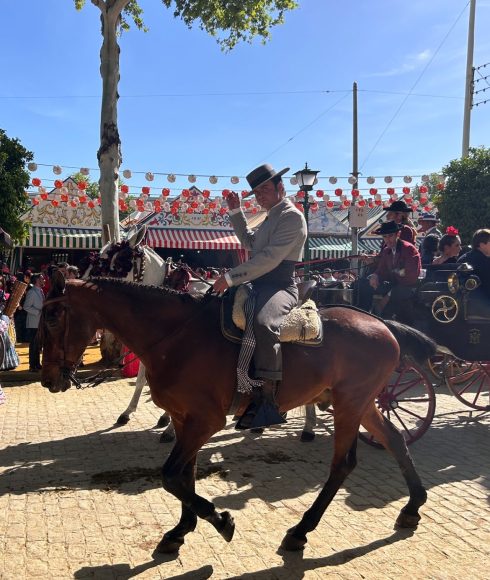
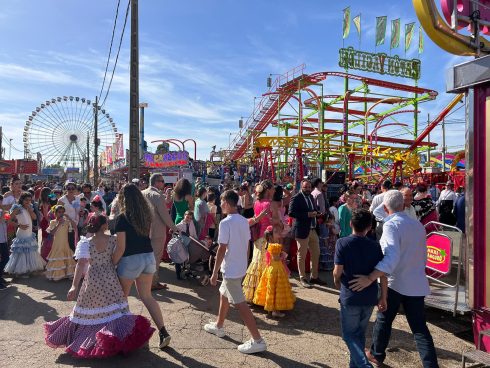



Polkadot – or de lunares – is a traditional fabric used during the feria for table cloths, ties, flamenco dresses, fans and all types of decorations.
Maria dons her green and black flamenco dress and we catch the number 3 bus from across the road.
If you are going to take the bus, you must buy a bus card and top it up with money. You can buy them at tobacco shops – or estancos – and top them up there too.
Being further out from the centre, we get two seats at the back of the bus, which came in handy given it took around one hour and 20 minutes to arrive due to the gridlocked traffic.
We head to Maria’s family’s caseta, named El Autocar, where we sit down for some food.
Each caseta has its own menu consisting of plates of fish, jamon, sandwiches – montaditos – and more.
The prices vary but big plates of meat or fish are typically between €12 and €20. Small beers or cañas are around €1.80 and a spirit with a mixer around €6.
If you want a complete guide on eating and drinking in the feria, check out Maria’s boyfriend’s YouTube video on all things dining at the feria here.
After filling our stomachs, we head to the caseta of another friend and get back on the rebujitos.
Thankfully we snag a table with chairs and are able to give our feet a much needed rest.
We stay until around 11pm before catching the bus home again.
Unfortunately for me, I had to head back to the Costa del Sol early the next morning.
For Sevillanos, it was just the beginning of the festivities, with the feria lasting until this weekend.
Click here to read more Spain News from The Olive Press.



